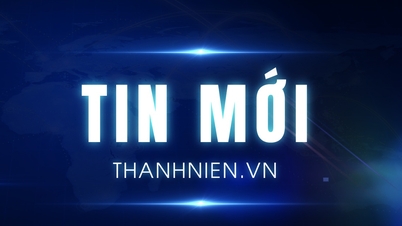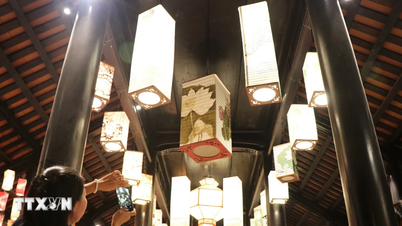Ti is a Sino-Vietnamese word, originating from the word 巳 (sì, yǐ) in Chinese. Kangxi dictionary says 巳 is pronounced like the word
(似, ni); however, according to Shuowen Jiezi and Tang rhyme , 巳 has the sound "tuong ly" so the Vietnamese transcribe it as ti (巳 = t(ường) + (l)í = ti).
The way to write Ti (巳) was once recorded in Dai Nam Quoc Am Tu Vi (1895), by Huynh Tinh Paulus Cua with the meaning "the 6th letter in the 12 branches"; "tuoi Ti" (Year of birth to the letter Ti); "ta ti" (The sound of cuddling a baby, also called na ti); "thuong Ti" (The third day of the third month, is the day to bathe and wash to get rid of dirt and bad luck). In China, "thuong Ti" is also the day to visit graves, taking the opportunity to go out, so it is also called "Tieu Thanh minh" or "Co Thanh minh".
The way to write Ti is also consistent with the current spelling, clearly stated in the Vietnamese Dictionary (Hoang Phe, editor-in-chief, 1988), however, according to social habits, today the word Ti (巳) is often written as Ty .
In Chinese, the character巳(巳) is an ancient character, appearing in the Shang Dynasty oracle bone script, shaped like a snake, with a slightly round head and a long, curved tail. Later writing styles show that the character巳has changed, such as the Western Zhou Dynasty's bronze script, the seal script, and finally the character巳(巳) written like today, originating from the regular script, continuing from the clerical script. That is not to mention other pictograms in the Chu system's simple white and Qin system's simple doc and the variant character已(已).
Ti is also the term for the fourth lunar month ("Agricultural calendar four months" - Lich Thu, Shi Ji by Sima Qian), symbolizing "snake-elephant" ( ti gia xa tuong da ); in which, elephant is "yang floating" and snake is "yin hiding", meaning that in the fourth lunar month, yang energy rises, yin energy is hidden, all things can be seen and form objects.
For the Vietnamese, ti is the symbol of a snake, like in the book Van Hanh, Vat the by Vuong Sung - a thinker of the Eastern Han Dynasty. As for the ancient Chinese, they also thought that ti is thi (豕: pig). Please do not confuse this character thi (豕) with thi (屎: dirty waste); thi (矢: arrow for archery) or thi (舐: lick with tongue).
Few people expect that the original meaning of the word " tị " (巳) is... "fetus" (胎儿). This was recorded in the book "Shuowen Thong Huan Dinh Thanh" by Zhu Junqing (1788 - 1858) - a Chinese text annotation expert of the Qing Dynasty.
Ti also means the end, the stop ( Thich Thien, Thich Danh of Luu Hy), later the meaning expanded to "hau tu", that is, the successor ( Ngoc Thien of Co Da Vuong) or a type of worship to pray for children, hoping to have a successor ( Chu Dich. Ton Quai ).
Ti corresponds to the star Dực (winged fire snake) in the Twenty-Eight Mansions; combined with the heavenly stems to mark the year, month, day and hour ( Nhị Nhã ). In addition, Ti is also called "Tị thời", representing the time period from 9 - 11 am ( Thuy Hu truyen, chapter 23 ).
In terms of the Five Elements, Ti corresponds to Fire; and according to the Yin-Yang theory, Ti is Yin; in terms of direction, Ti represents the south-southeast.
The year 2025 is the year of At Ty (heavenly stem At and earthly branch Ti, the snake). At Ty is the 42nd combination in the Can Chi numbering system, appearing before Binh Ngo and after Giap Thin.
Source: https://thanhnien.vn/lat-leo-chu-nghia-ti-co-nghia-la-thai-nhi-185241227232020157.htm





![[Photo] Prime Minister Pham Minh Chinh chairs a meeting of the Government Standing Committee to remove obstacles for projects.](https://vphoto.vietnam.vn/thumb/1200x675/vietnam/resource/IMAGE/2025/10/06/1759768638313_dsc-9023-jpg.webp)
![[Photo] Prime Minister Pham Minh Chinh chaired a meeting of the Steering Committee on the arrangement of public service units under ministries, branches and localities.](https://vphoto.vietnam.vn/thumb/1200x675/vietnam/resource/IMAGE/2025/10/06/1759767137532_dsc-8743-jpg.webp)





























































































Comment (0)